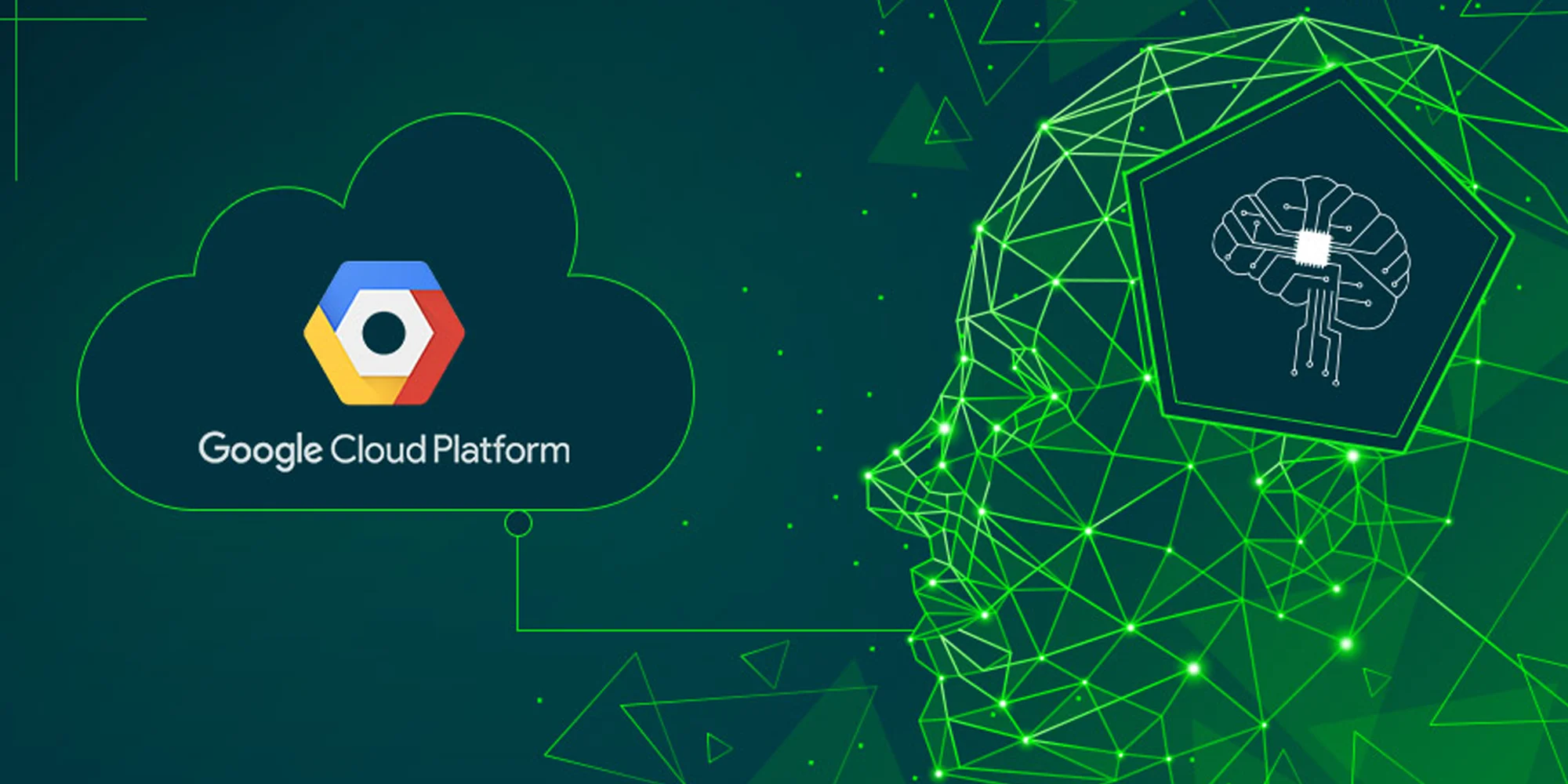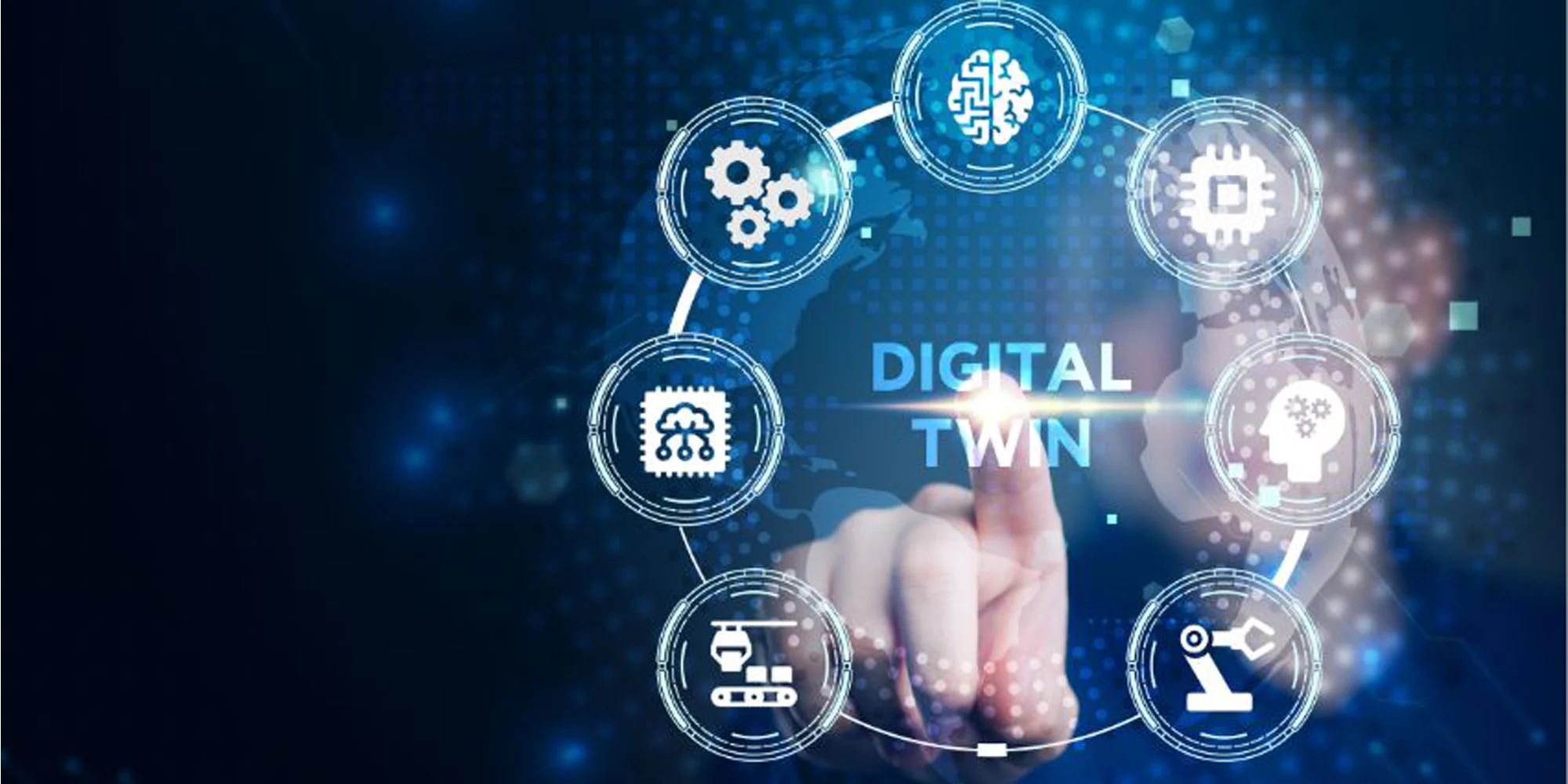
In this article
Everything You Should Know About Google Cloud AI Light Up Machine Learning Platform
In this article
Introduction
Launched at a Google I/O conference as Vertex AI, the Google Cloud AI Platform team has been building a unified view of the machine learning landscape for the past few months. The platform brings AutoML and AI Platform together into a unified API, client library, and user interface.
“Machine learning in the enterprise is in crisis, in my view,” said, Craig Wiley, the director of product management for Google Cloud’s AI Platform.
“As someone who has worked in that space for a number of years, if you look at the Harvard Business Review or analyst reviews, or what have you — every single one of them comes out saying that the vast majority of companies are either investing or are interested in investing in machine learning and are not getting value from it. That has to change. It has to change.”
In this blog, we are going to dive in and understand everything about Google’s machine learning platform.
What is There to Unify?
The idea of unification is about the key constructs in machine learning:
- Datasets are created by ingesting, analyzing, and cleaning the data
- Then the model is trained (Model Training) which includes hypothesis testing, experimentation, and hyperparameter tuning.
- This model is versioned and rebuilt with new data.
- The model is compared and evaluated concerning existing models.
- The model is used for online and batch predictions.
Yet, how different the rest of the pipeline becomes depends on how you do your ETL (where do you store your data?). Don’t you think it will be nice to have the idea of an ML dataset? That’s what unification means which is behind the concept of a dataset.
It’s also noteworthy that the deployment of a TensorFlow model is different from a PyTorch model. Even TensorFlow models might differ whether they were created using AutoML or by codes.
You can treat all these models in the unified set of APIs that Vertex AI provides. Vertex AI provides unified implementations and definitions of four concepts:
Datasets can be structured or unstructured. the platform manages metadata, including annotations, that can be stored anywhere on GCP.
Training pipeline is containerized steps that are used to train an ML model using a dataset. It helps with reproducibility, generalization, and audibility.
A model is a machine learning model with metadata. It was built with a Training Pipeline or directly loaded.
The endpoint can be invoked by users for online explanations and predictions. It can have one or more models and model versions with disambiguation.
The idea behind these artifacts is the same as the dataset or model or training pipeline or endpoint. It’s somewhat like everything is mixed and matched.
Hence, you can the database for different models once it is created. You can get Explainable AI from an endpoint regardless of how the model is trained.

What are the Features of Vertex AI?
-
Supports all Open-Source Frameworks
Vertex AI integrates with all the popular open-source frameworks and supports ML frameworks through custom containers for prediction and training.
-
Unified UI for the Entire ML Workflow
The platform brings together the Google Cloud services. This enables them to build ML under one unified UI and API. Here, you can efficiently compare and train models using AutoML or custom code. Your models will be stored in a central model repository for deployment to the same endpoints.
-
Pre-Trained APIs
Vertex AI has pre-trained APIs for NLP, video, and vision, among others. This helps to easily incorporate them into existing applications. It also helps in building new applications across use cases such as Speech to Text and Translation.
AutoML allows businesses to train high-quality models as per their business needs. It leverages a central registry for datasets, such as tabular and vision.
-
Integration
Developers can leverage BigQuery ML to create and execute machine learning models using standard SQL queries. They can also export the datasets from BigQuery into Vertex AI for smooth integration across the data-to-AI life cycle.
What are the Benefits of Vertex AI?
Google says that the AI platform requires fewer lines of code to train a model compared to any other platform.
The platform’s custom model supports advanced ML coding and requires 80% lesser lines of code. The MLOps tools reduce the complexity of streamlines running ML pipelines and self-service model maintenance. Vertex Feature Store to serve, use, and share ML features.
Google also states that without requiring formal ML training, data scientists can use the platform for tools to manage their data, prototype, experiment, deploy, interpret and monitor the models in production.
To sum up the benefits, Vertex AI
- Enables model training without code and expertise
- Build advanced ML models with custom tools
- Removes the complexity of maintenance of the self-service model
- What is Vertex AI used for?
- Creation of dataset and uploading data.
- Training ML model on your data
- Evaluating accuracy
- Deploy trained model to an endpoint for serving predictions.
- Sending prediction requests to the endpoint
- Specifying a prediction traffic split
- Managing models and endpoints

What are the Tools in Vertex AI?
- Vertex Feature Store
- Vertex Model Monitoring
- Vertex Matching Engine
- Vertex ML Metadata
- Vertex TensorBoard
- Vertex Pipelines
Use cases
You can utilize this platform to ingest Cloud Storage and BigQuery data, and use Vertex Data Labeling to annotate high-quality training data. This will help them predict with more accuracy. Vertex’s feature can be used to share, serve, and reuse ML features. Vertex Experiments can be used to track Vertex TensorBoard and ML experiments to visualize ML experiments.
The Pipelines of the platform can be used to simplify the MLOps process. Its training can help manage training services. Besides, Vizier on the platform offers maximum predictive accuracy, and prediction simplifies the deployment process of the models into production for online serving via HTTP.
You can also get feature attributions and detailed model evaluation metrics. Moreover, Vertex ML Edge Manager, which is still in the experimental phase, facilitates seamless monitoring and deployment of automated processes with flexible APIs and edge inferences. This allows you to distribute AI on on-premise and edge devices across the private and public clouds.
Deployment of models in the Vertex Prediction service offers easy monitoring of model performance. It will also alert you when the signals deviate, and you can find out the triggers and cause of the model-retraining pipelines.
Vertex ML Metadata enables easier tracking of inputs and outputs to components in Vertex Pipelines for tracking. Lastly, you can track custom metadata from their query metadata using a Python SDK.
Tech Insights Digest
Sign up to receive our newsletter featuring the latest tech trends, in-depth articles, and exclusive insights. Stay ahead of the curve!



